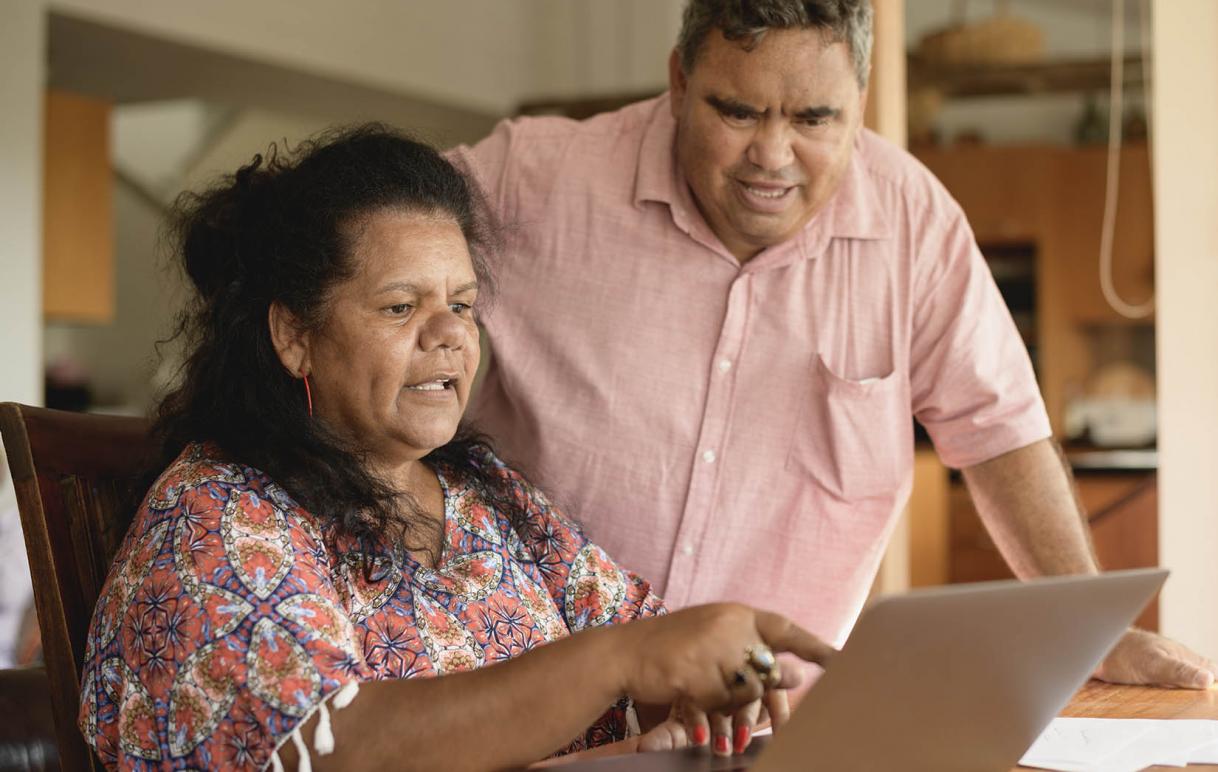Overview
Considerable work has gone into setting up the CDR. The Government has created and implemented the policy settings and regulatory framework, as well as the data standards.
Providers have been setting up their systems to meet the high standards demanded by the CDR. They’ve also been focusing on the technical needs, making sure their websites and apps are ready to go. If you’re a business interested in offering services under the CDR or you need to register as a data holder, visit our For providers section.
The CDR is a multi-sector reform. It’s now active in banking and energy. From mid-2026, the CDR will also apply to non-bank lenders.
Timeline
March 2025
Version 8 Rules are registered to extend the CDR to non-bank lenders from July 2026. The scope of banking data required to be shared is narrowed to reduce compliance costs.
August 2024
The Australian Government announces that it will reset the CDR to deliver better consumer outcomes. The Treasury Laws Amendment (Consumer Data Right) Bill 2022 is passed by Parliament and signed into law.
November 2023
Consumer data sharing commences for consumer data held by smaller energy retailers with at least 10,000 small customers.
June 2023
The Australian Government releases its statement in response to the Statutory Review of the CDR, which outlines its commitment to continue developing the CDR framework and how this links to each of the Review’s 16 recommendations and 15 findings.
May 2023
The Australian Government announces a further $88.8 million over two years from 2023–24 to support the operation of the CDR across the banking, energy and non-bank lenders sectors. The funding will also help progress design of action initiation and improvements to cyber security.
November 2022
The Treasury Laws Amendment (Consumer Data Right) Bill 2022 is introduced into Parliament. If signed into law, the bill would amend the Competition and Consumer Act 2010 to extend the CDR framework to enable action initiation.
November 2022
Consumer data-sharing commences for consumer data held by the Australian Energy Market Operator, AGL Energy, Origin Energy and Energy Australia.
October 2022
Product reference data-sharing commences for the energy sector.
February 2022
Consumer data sharing commences for information on overdrafts and business finance held by non-major banks.
November 2021
Consumer data sharing commences for information on home loans and personal loans held by non-major banks.
October 2021
Version 3 Rules are registered. These Rules include changes to accelerate the benefits of the CDR for consumers by reducing barriers to participate in open banking and by allowing more Australians to leverage their data in common banking scenarios.
July 2021
Consumer data sharing commences for information on a range of personal accounts, for example, savings and credit card accounts held by non-major banks.
February 2021
Consumer data sharing commences for information on overdrafts and business finance held by the four major banks.
November 2020
Consumer data sharing commences for information on home loans and personal loans held by the four major banks.
July 2020
The Consumer Data Right launches.
Consumer data sharing commences for information on a range of personal accounts (for example, savings accounts and term deposits) held by the four major banks.
February 2020
Australia’s four major banks make product reference data for mortgages and personal loans publicly available.
July 2019
Australia’s four major banks (Australia and New Zealand Banking Group Limited, Commonwealth Bank of Australia, National Australia Bank and Westpac Banking Corporation) make machine readable product reference data available for their publicly available products. This is standardised, general information about the features and descriptions of banking products such as interest rates, fees and charges.
Any businesses, such as comparison sites, can access product reference data.
Related information
-
CDR in the non-bank lenders sector
An overview of how the CDR is being implemented in the non-bank lenders sector.
-
CDR in the energy sector
An overview of how the CDR is being implemented in the energy sector.
